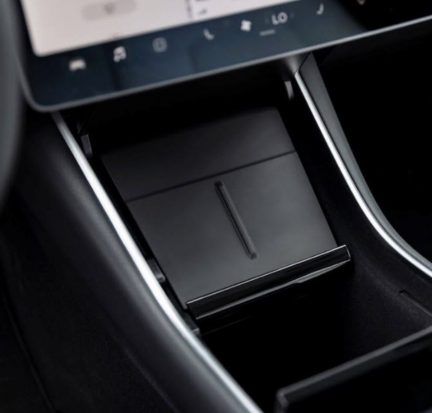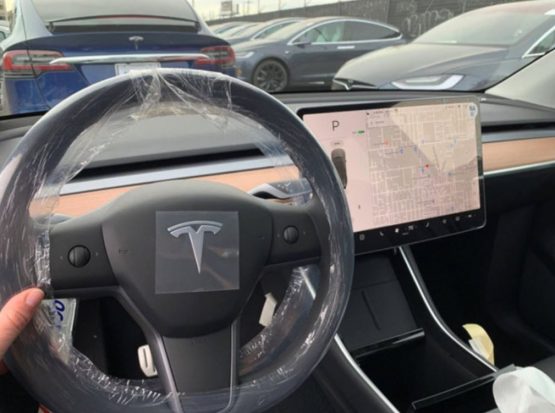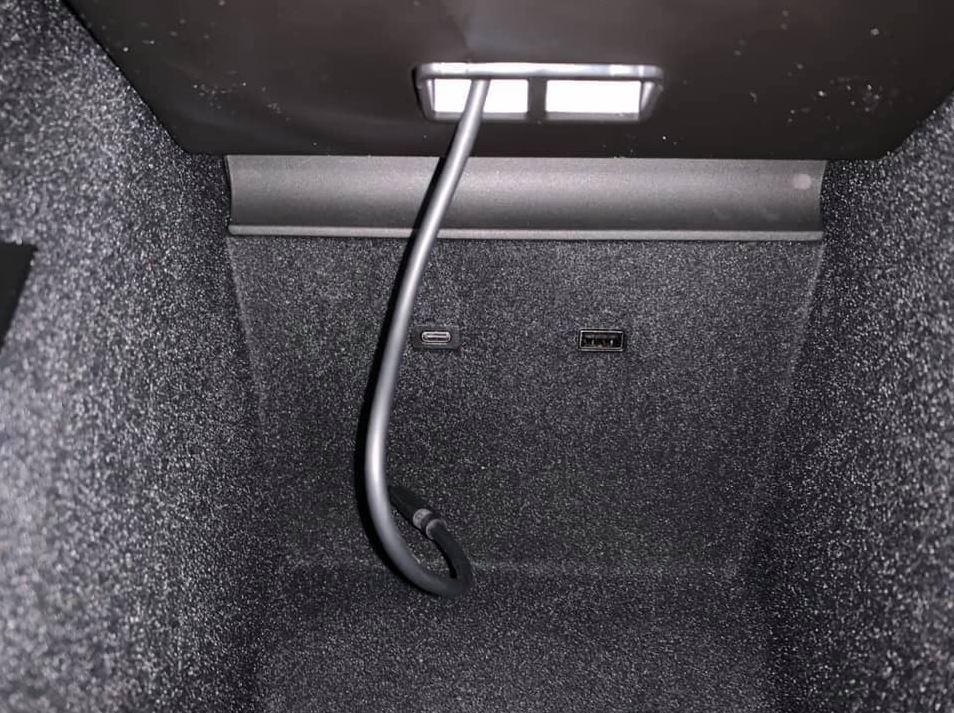With Tesla Model Y deliveries now starting, the first in-depth reviews of the all-electric crossover have surfaced. These reviews and walkthroughs of the Model Y show that the vehicle is very much like the Model 3, if the all-electric sedan’s utility and practicality were raised to 11. A lot of this has to do with the Y’s driving modes, its storage space, and its spacious interior.
The Model 3 is not a small car by any means, but it is a midsize sedan. It’s a stunning car that beats premium rivals like the BMW 3-Series in terms of performance, but it does lack some points in terms of utility compared to say, Tesla’s flagship sedan, the Model S. The Model 3 has 15 cubic feet of cargo space, which is great for its class, but it is far smaller than the 66 cubic feet of cargo space in a 5-seater Model Y.
Tesla’s vehicles are already optimized for space, but with the added height and size of the Model Y, owners can enjoy a cabin that’s could very well feel closer in proportion to the Model X SUV than its Model 3 sedan sibling. This is particularly evident in the second-row seats, as the all-electric crossover’s tall stance offers ample headroom even for tall passengers. It remains to be seen if the Y’s third-row seats could be usable for adult passengers, but its second-row seats provide a lot of headroom and legroom.
The Model Y even has a particularly unique feature that is not present in the Model 3, or any of Tesla’s current vehicles for that matter. A look at the all-electric crossover’s menus shows that the vehicle has a dedicated “Off-Road Assist” feature. The function allows drivers to gain more control of the vehicle, which would be invaluable when driving on forest trails. Among the Model Y’s features, from its combined cargo area that can fit seven carry-on suitcases to its comfortable cabin with USB-C ports, it is Off-Road Assist that is pretty much the most surprising.
Expectations for the Model Y, after all, have been quite conservative. While Elon Musk has mentioned that the Model Y will likely outsell the Model 3, Model S, and Model X combined, Tesla has been pretty restrained in terms of marketing its crossover. This is classic Tesla (the months of Model 3 anti-selling come to mind), but now that deliveries have begun, it is starting to become evident that the Model Y is designed to become an even bigger disruptor than its sedan sibling. As it turns out, the Model Y is really a vehicle that is designed to take on the best of the premium crossover market, even if it’s off paved roads.
It is fitting that Tesla is producing the Model Y at this point in the company’s history. Tesla has learned valuable lessons with each vehicle that it released so far. One could then argue that the company had to learn the knowledge it gained with the Model 3’s production challenges before it even attempted to ramp the Model Y. Tesla is a much different automaker today, and this is one of the key reasons why now is the perfect time for Tesla to enter the crossover segment. In a way, the Model Y is definitely a lot like the Model 3, only this time, it is disrupting a segment that’s far larger in the auto industry.
Following is an in-depth review of the Tesla Model Y, courtesy of owner-enthusiast Tesla Raj.

<!–
–>




